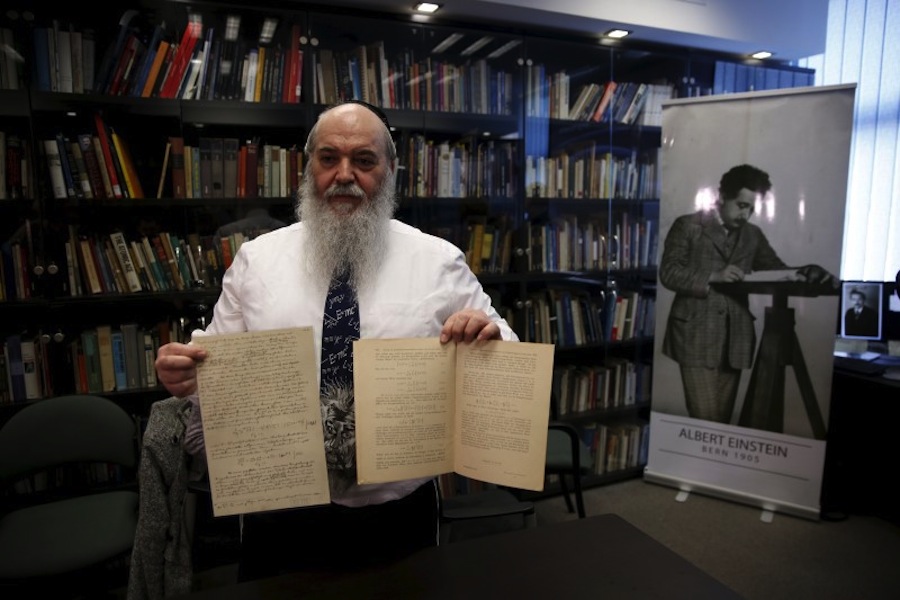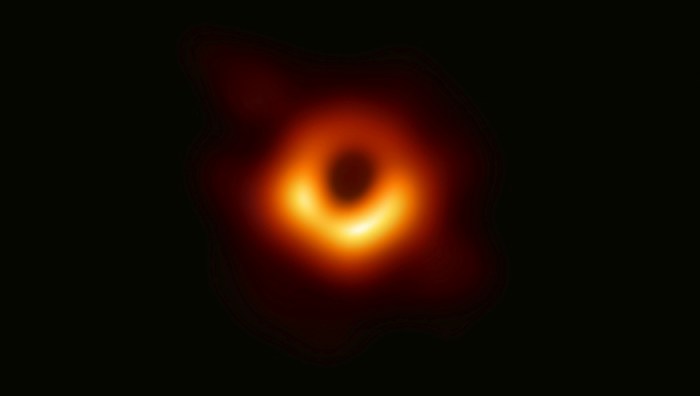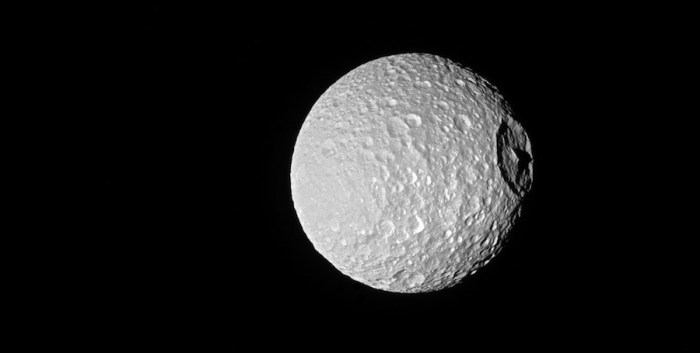Danny Steeghs, aprofessor of physics at the University of Warwick, UK discussed the confirmation of Albert Einstein’s hypothesis.
Could you explain the discovery in few words?
– For us, this is a completely new way of studying the Universe. Astronomers for many centuries have studied the Universe with visible light that the eyes can see, and in recent decades technology has allowed to detect light with wavelengths well beyond what the eye can sense. However, gravitational waves provide a completely new probe. In this case, two black holes, formed from stars much more massive than our Sun, spiraled together and merged to form a single black hole. What we saw were the ripples that travelled across 1.3 billion light years. Such waves probe conditions in the Universe that we cannot study in any other way. In this particular case, it tells us a lot about the properties of the black holes that must have existed at this time in the Universe. How the discovery was made?
– Two extremely sensitive instruments were used, located thousands of miles apart and based in the USA. A large team of international scientist have been working hard to improve the sensitivity of these instruments, known as the Advanced LIGO project. These use laser beams to detect the minute distortions one would expect when a gravitational wave passes the Earth. Both instruments detected a strong signal that matches the wave pattern expected from a pair of colliding black holes according to Einstein’s theory of General Relativity. RELATED:Einstein’s gravitational waves detected in scientific milestone Why haven’t we spotted gravitational waves before?
– Such waves are an integral part of Einstein’s theory, and thus it was realised a century ago that such waves could exist. But the signal expected at Earth is so weak, that their detections requires instrumentation that is incredible stable and sensitive. People have been trying to build such detectors for decades and many considered this an impossible task. The LIGO instrument had just been upgraded to boost is sensitivity making it by far the most sensitive equipment we have deployed so far. Its great to be rewarded with a strong signal so soon after the instruments switched on. Some call it the discovery of the century. Is it correct?
– As an astrophysicist, yes this is a very exciting discovery that started with Einstein’s theory a century ago. It was one of the key tests of his theory that we have been trying to complete for decades. Now that it has been achieved it is incredible and I do think it will be considered a key scientific highlight of the past few decades. It is, however, just the beginning and gives us further motivation to exploit this new window on the universe. Who knows what we might discover with these instruments in the near future. What does the discovery mean to the world?
– We all experience gravity in our day to day lives, it locks the Earth around the Sun and controls much of the evolution of the Universe. As a scientist, we are after a deeper understanding of how the world works, testing our theories and making discoveries and measurements that challenge our understanding. What I do find very encouraging is to see such a wide interest in the story, and many non-scientists are equally excited by it. The discovery itself is a wonderful demonstration of our technology and engineering skills, and some of those may make a more direct impact on people, inspiring young people to pursue such challenges, or perhaps seeing some of those technologies in regular devices such as our smartphones. What’s next?
– This is really only the beginning. It’s an important vindication of our theories but also our capabilities in terms of building these detectors and instruments. The engineers will continue to improve their performance, and so there should be many more signal forthcoming, including those from other types of events. Many astronomers are also trying to exploit our array of telescopes and space observatories in order to search for signatures of these events in the electromagnetic spectrum. For example, I myself am working hard on a specially designed optical telescope system that is well suited for this purpose. – By Dmitry Belyaev
Six things to know about science proving Einstein’s ‘gravitational waves’

Reuters


















